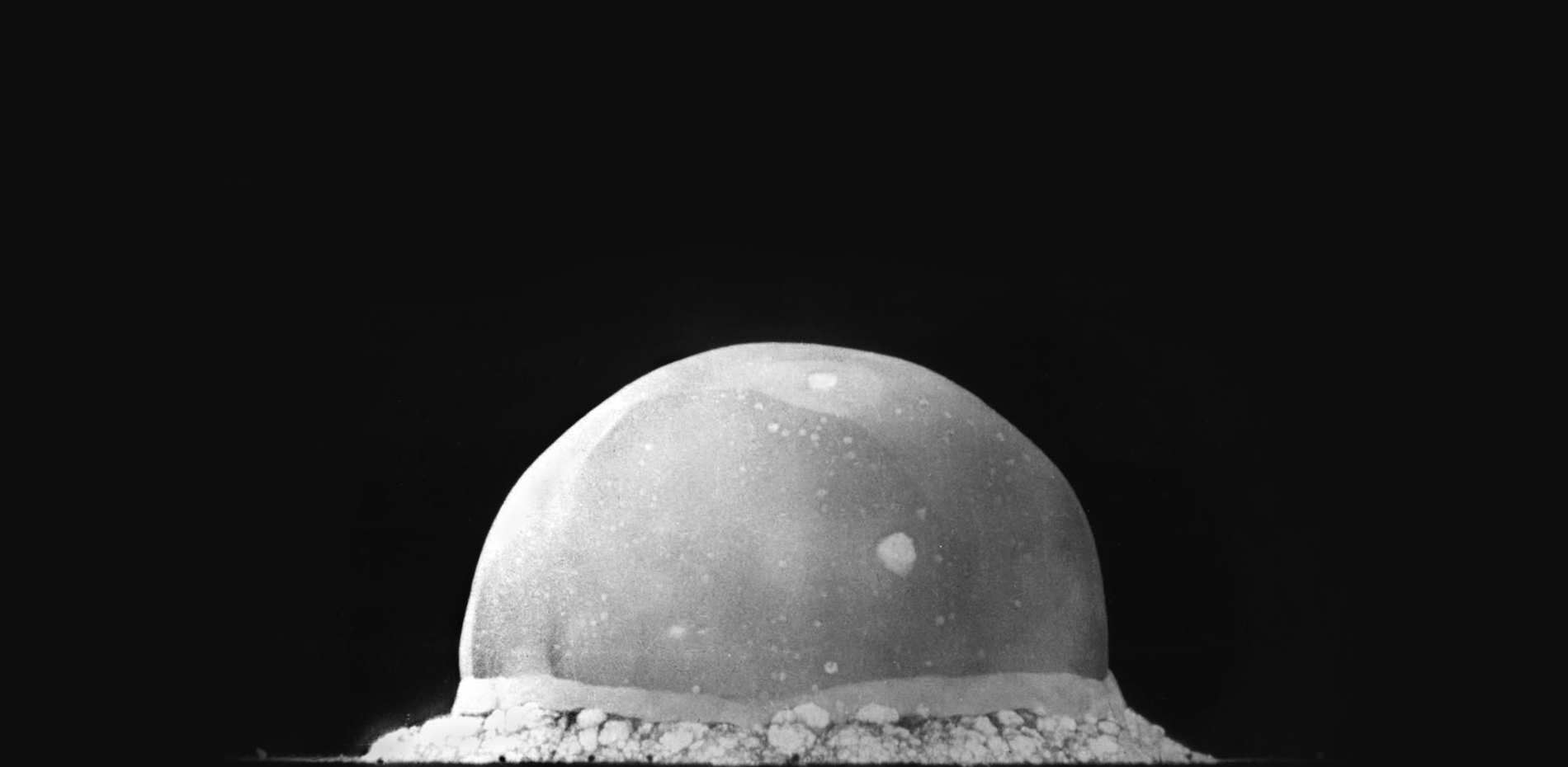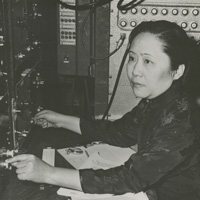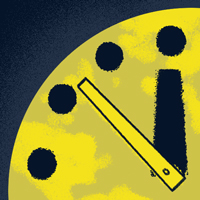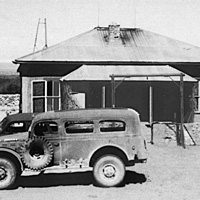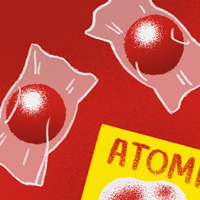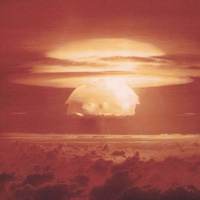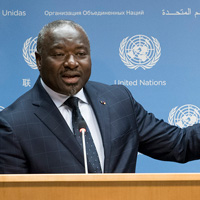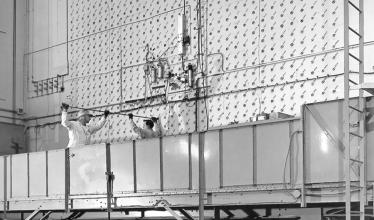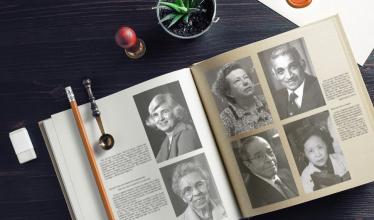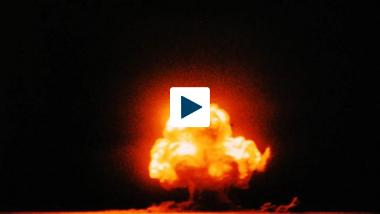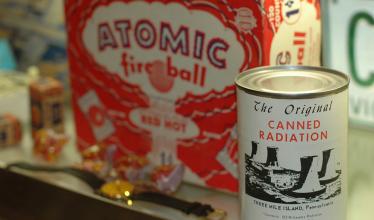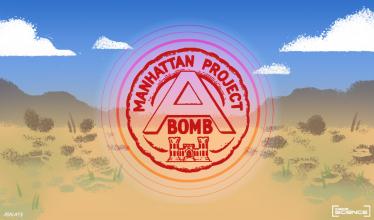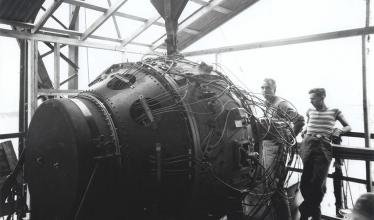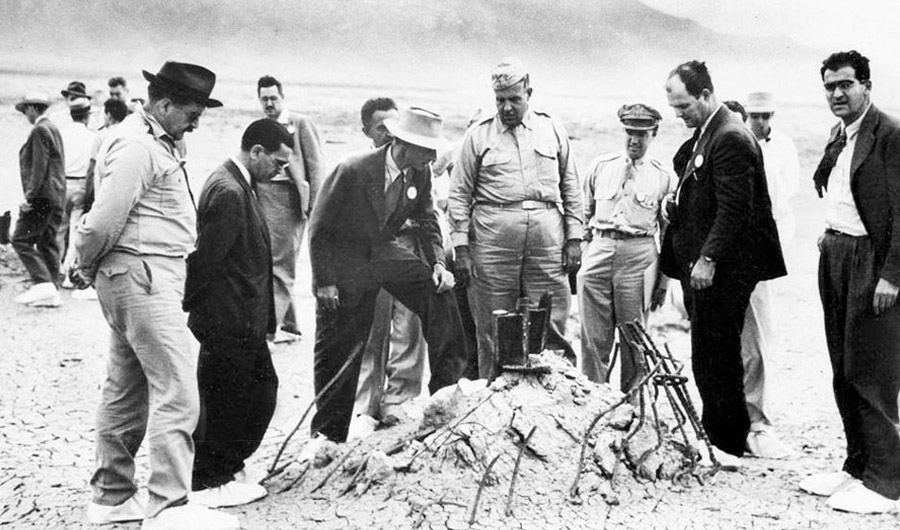1942
The first large plutonium reactor at Hanford shut down shortly after researchers tried to fire it up. Physicist Chien-Shiung Wu, nicknamed “the queen of nuclear research,” traced the problem to Xe-135.
July 16, 1945
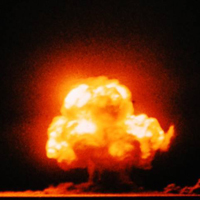
The first atomic weapons test, codenamed Trinity, took place at 5:29 a.m., outside Socorro, New Mexico. The site was later designated a National Historic Landmark.
November 1945
The first issue of Bulletin of the Atomic Scientists was published. In the subsequent decades, the publication has addressed the potential for many types of human-made disasters.
September 1953
After much of the radioactivity had subsided, the first Trinity Site open house was held. The McDonald ranch house, where the core of the weapon was assembled, was restored in 1984 by the National Park Service.
1954
The Atomic Fireball candy was invented by the Ferrara Pan Candy Company. This is just one way that atomic-themed concepts entered pop culture.
March 1959
The American Weekly published a feature by author Pearl S. Buck that recounts a discussion between Manhattan Project& scientists J. Robert Oppenheimer and Arthur Compton about the possibility that an atomic bomb could ignite the atmosphere.
October 1961
Melvin Calvin was awarded the Nobel Prize in Chemistry “for his research on the carbon dioxide assimilation in plants.” The work relied, in part, on radioactive carbon-14 produced in a Manhattan Project reactor.
1996
The Comprehensive Test Ban Treaty, which aimed to ban all nuclear explosions, opened for signatures from nations.
The Stories
Topics we cover
Inside Science is brought to you in part through the generous support of The American Physical Society and The Acoustical Society of America and a coalition of underwriters.



